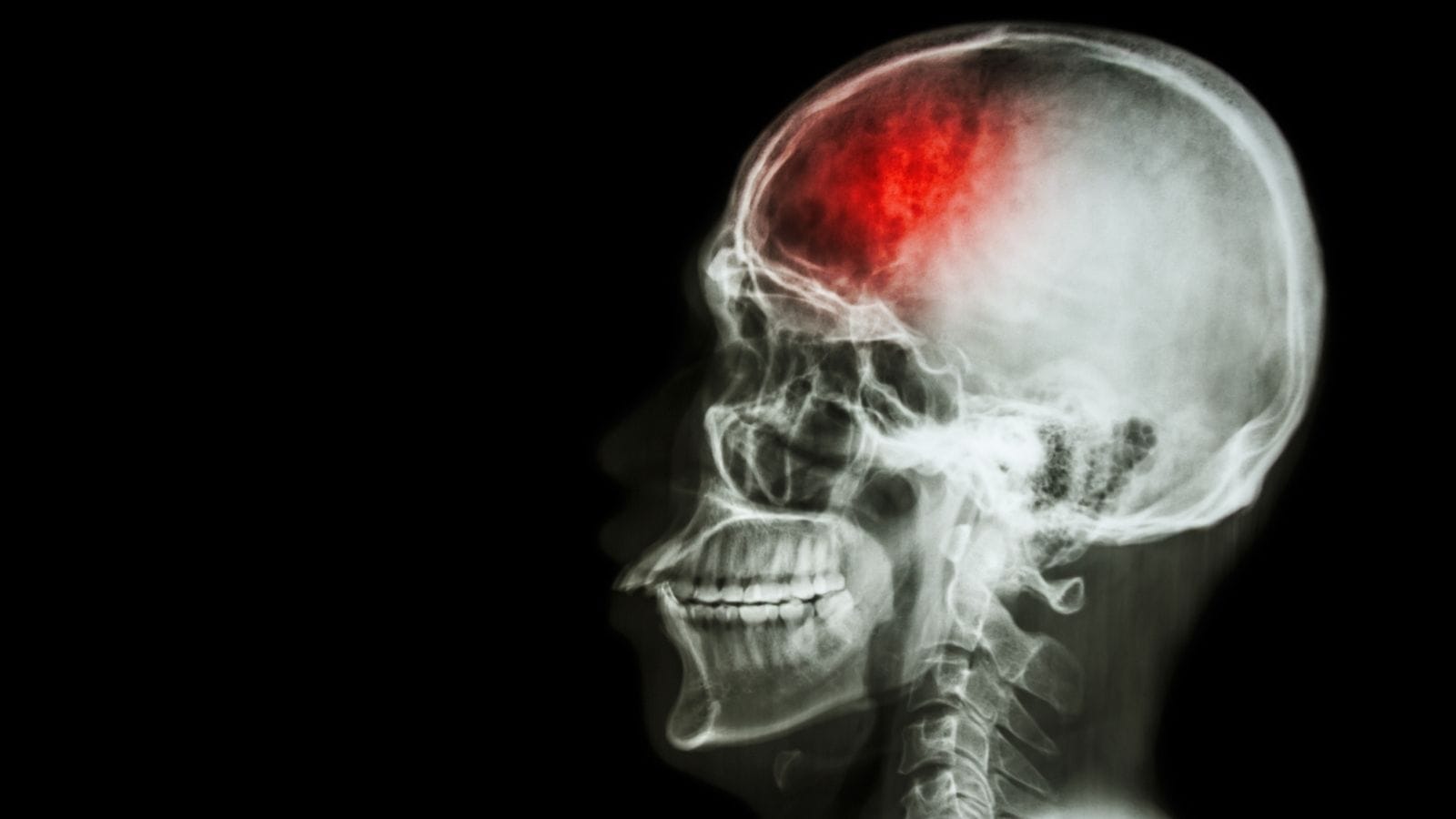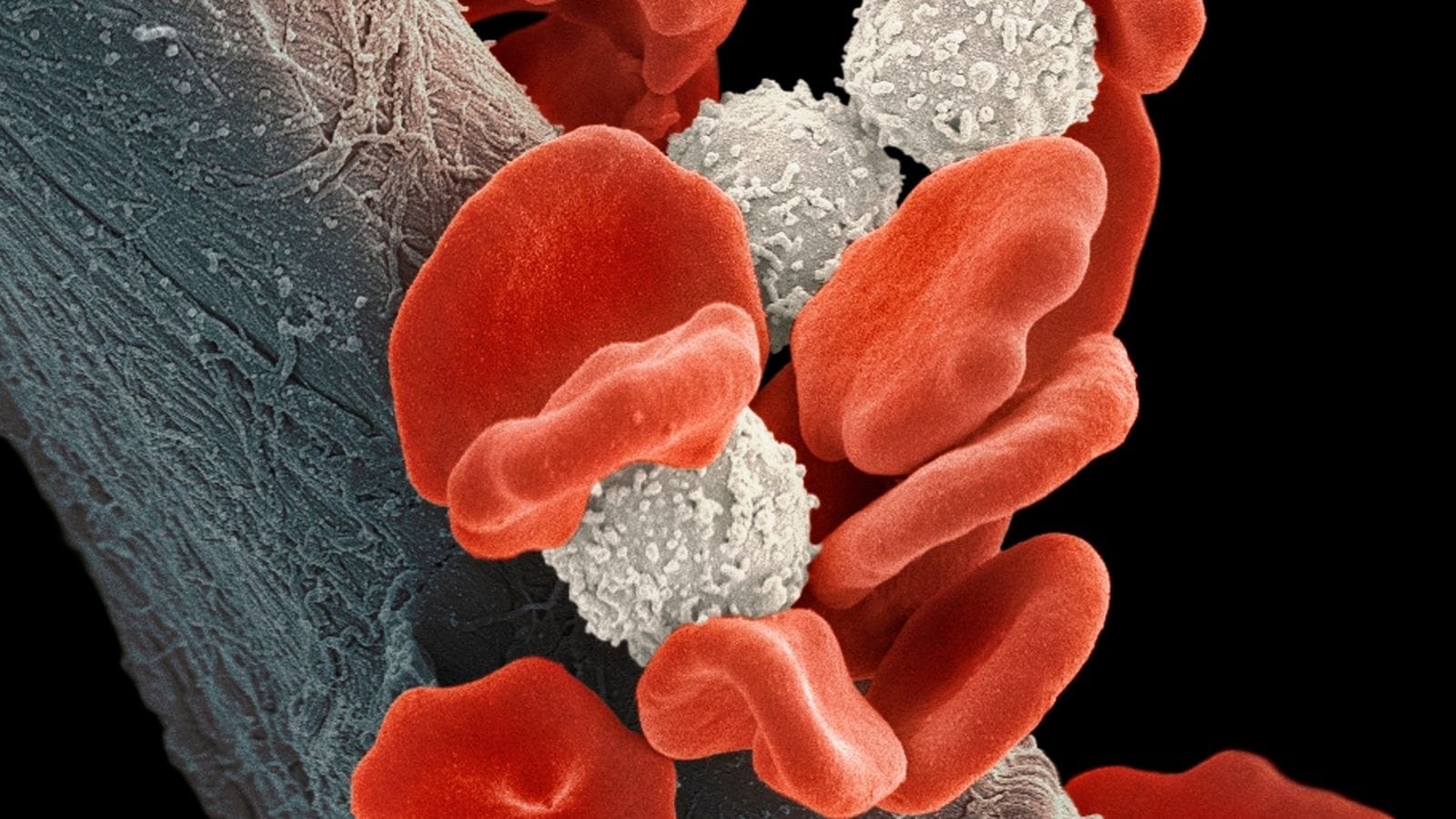Shoulder pain may result from musculoskeletal, neurological, or systemic causes. Common conditions include rotator cuff tears, bursitis, arthritis, and nerve compression.
Diagnosis relies on physical examination supported by imaging such as X-ray, ultrasound, or MRI. This allows accurate identification of underlying pathology.
Treatment varies depending on the cause. Options include medication, physical therapy, intra-articular injections, or minimally invasive procedures like PRP and ablation.
Early diagnosis prevents chronic pain and disability. Individualized treatment plans restore mobility and improve quality of life in patients with shoulder pain.

Prof. Dr. Özgür KILIÇKESMEZ
Interventional Radiology / Interventional Neuroradiology
Prof. Dr. Kılıçkesmez holds the Turkish Radiology Competency Certificate, the Turkish Interventional Radiology Competency Certificate, Stroke Treatment Certification, and the European Board of Interventional Radiology (EBIR). In his academic career, he won the Siemens Radiology First Prize in 2008.
What Are the Main Causes of Shoulder Pain?
Shoulder pain can arise from many different causes. The most common situations can be summarized in relation to daily life as follows:
Muscle and Tendon Problems (Rotator Cuff Issues):
- The rotator cuff, a structure made up of four main tendons that stabilizes the shoulder and plays an important role in arm elevation, can wear out over time.
- Especially repetitive shoulder movements, heavy lifting, or posture disorders caused by prolonged computer use can lead to tendinitis, tendinosis, or minor tears.
- For example, wear on the rotator cuff in a painter painting a ceiling may start with mild discomfort and progress to severe pain over time.
Subacromial Impingement Syndrome:
- Tendons moving within the limited space of the shoulder may sometimes be pinched by bony protrusions or soft tissue obstacles.
- This may cause a sensation of “catching” when you raise your arm above your head.
Adhesive Capsulitis (Frozen Shoulder):
- Commonly known as “frozen shoulder,” this condition develops due to thickening and adhesions in the joint capsule.
- Shoulder movements become restricted, making even simple daily tasks impossible.
Metaphorically, frozen shoulder is like zipping up and locking the shoulder joint; the joint, which becomes stiff and frozen over time, refuses to open up.
Osteoarthritis and Other Articular Damage:
- With advancing age, wear of the joint cartilage can cause pain and restricted movement in the shoulder.
- Previous trauma or fractures may also accelerate the development of arthritis.
Biceps Tendon Problems:
- The biceps tendon, especially the “long head,” can become inflamed or worn as it passes through the shoulder joint.
- Such problems cause pain felt at the front and upper part of the shoulder.
Separated Shoulder (AC Joint Injuries):
- Injuries at the joint where the collarbone and acromion bone meet at the top of the shoulder (AC joint) may occur due to falls or impacts.
- Damage to the joint structure causes pain and sometimes a visible bump.
Cervical Spine-Related Pain:
- Nerve compression in the neck can sometimes cause pain felt in the shoulder.
- This is described as “referred pain”; although the source is the neck, the pain is perceived in the shoulder region.
Glenohumeral Laxity or Dislocations:
- In some people, the shoulder joint may be structurally looser. This can lead to recurrent dislocations or a feeling that the joint does not “sit” properly, even if it does not fully dislocate.
Although these causes often present with similar symptoms, correct identification of the underlying cause is important, as treatment approaches may differ.
How Is Shoulder Pain Diagnosed?
When a person presents to a healthcare facility with shoulder pain, a multi-step assessment is generally conducted:
Patient History:
- The onset, development, and whether there have been similar complaints before are questioned.
- Work or sports habits, recent physical activities, and traumas are investigated.
- This stage can be likened to a detective story: the doctor looks for clues in the patient’s life that may cause the pain.
Physical Examination:
- The doctor observes the shoulder area (looking for findings such as asymmetry, swelling, redness), palpates it, and tries to pinpoint the location of the pain.
- The patient is asked to lift and lower the arm at certain angles or perform resistance movements.
- Special tests (such as the Neer or Hawkins-Kennedy test) provide clues about impingement or tears in the shoulder.
Imaging Methods:
- X-ray: The first step is usually X-ray imaging to assess bone structure. Joint space narrowing, bony protrusions, or signs of degeneration can be seen.
- Ultrasound: Offers the advantage of visualizing even minor changes in tendons and muscle structures. The ability to perform dynamic assessment is valuable for real-time observation of tendon movement during shoulder motion.
- Magnetic Resonance Imaging (MRI): Shows soft tissue (tendon, ligament, muscle) pathologies in more detail. It is often preferred for conditions such as rotator cuff tears or labrum tears.
- Magnetic Resonance Arthrography (MRA): Contrast agent is injected into the joint for more detailed visualization. Useful in detecting fine tears.
Diagnostic Procedures:
- In some cases, local anesthetic injection into the shoulder joint can help differentiate the source of the pain. This is a simple but effective method based on the principle: “if the pain disappears, the problem is in this area.”
The diagnosis phase is the cornerstone of determining the correct treatment option. Since shoulder pain can arise from very different causes, making the correct diagnosis can sometimes be a complex process. However, with a comprehensive assessment, the main factor causing the pain can be identified.
What Are Interventional Radiology Methods for Shoulder Pain?
Interventional radiology refers to minimally invasive treatment approaches guided by imaging. These methods are a significant alternative for treating many conditions, including shoulder pain. The main goal is to directly intervene in the problem area without the need for surgery.
Interventional radiology methods for shoulder pain may include:
- Image-Guided Injections: Administration of medications (such as corticosteroids, hyaluronic acid) directly to the painful or inflamed area.
- Cryotherapy/Radiofrequency (RF) Ablation: Inactivating pain-causing nerves or lesions using heating or cooling techniques.
- Arthrography-Based Procedures: Injection of contrast material into the joint for better visualization of lesions and simultaneous intervention.
- Angioembolization: A treatment based on intervening in vascular structures, especially used in chronic pain conditions like “frozen shoulder” or in cases involving vascular problems.
Interventional radiology is known for offering “targeted” treatments. Access to the relevant structure is achieved directly with the guidance of computed tomography (CT), magnetic resonance (MR), or ultrasound. This increases the chance of success and preserves surrounding tissues as much as possible.
What is Angioembolization and How Is It Used for Shoulder Pain?
Shoulder pain is usually associated with the musculoskeletal system. However, in some cases, such as chronic inflammation or vascular anomalies (such as vascular enlargement or vascular bundles) around the shoulder, a procedure targeting the vessels may be necessary. This is where angioembolization comes into play.
Basic Principle of Angioembolization
- The term “angio” refers to procedures involving vessels, and “embolization” means blocking a vessel.
- This method detects the vascular formation or abnormal blood supply causing pain in the shoulder area.
- Then, with the help of fine catheters (usually entered through the femoral artery in the groin), the target vessel is reached, and special blocking materials (such as microbeads, antibiotics) are used to close off this vascular structure.
- This suppresses the abnormal blood flow or inflammatory process contributing to shoulder pain.
Applications of Angioembolization in Shoulder Pain
Vascular Anomalies:
- In cases such as arteriovenous malformations (AVM) in the shoulder region, angioembolization may be performed.
- The blood flow in abnormal vascular bundles is reduced or completely stopped.
- This can lead to a decrease in symptoms such as pain and swelling.
Chronic Inflammatory Processes (Frozen Shoulder, etc.):
- Some new studies suggest that there may be increased blood flow and inflammation in the joint capsule in problems such as persistent frozen shoulder.
- This abnormal blood flow may feed tissue inflammation and contribute to chronic pain.
- With angioembolization, excessive blood flow in this area can be reduced and the severity of inflammation can be alleviated.
Angioembolization can be compared to intervening in an area flooded by a river that has lost its way. Just as we control the flow of water by closing dam gates or building a barrier, angioembolization uses small “plugs” to regulate excessive blood flow.
Preparation: The patient’s vascular access, blood values, allergy status, and pre-procedure fasting are evaluated.
Catheter Placement: A thin catheter is usually inserted from the groin and advanced toward the vessels supplying the shoulder area. Live X-ray (angiography) guidance is used at this stage.
Targeting and Intervention: When the problematic vascular structure is found, the blocking material is slowly delivered into the vessel via the catheter. This material, like a barrier built in front of water, blocks the vessel.
Post-Procedure Check: After embolization, new images are taken to confirm that blood flow in the vessel has stopped.
Rest and Follow-Up: After the procedure, the catheter is removed, the entry site is closed, and rest may be recommended for a while.
Possible Effects and Limitations
- Pain Reduction and Functional Improvement: The goal is to reduce chronic pain and improve quality of life.
- Temporary Discomfort (Post-Embolization Syndrome): Low-grade fever, temporary increase in pain, or weakness may be experienced after the procedure. These usually resolve within a few days.
- Repeat Procedures: In some patients, additional sessions may be needed for optimal results.
- Risk of Complications: Although it is a minimally invasive procedure, rare situations such as blockage of the wrong vessel (non-target embolization) may occur.
Although not very common, angioembolization is among the options for specific vascular problems or chronic inflammatory processes that cause shoulder pain.
What Are Other Treatment Methods?
Many treatment methods can be used for shoulder pain. Depending on the underlying problem, severity of pain, and overall health status, different approaches can be recommended by the physician.
- Physical Therapy and Rehabilitation: Strengthening the shoulder muscles, maintaining joint range of motion, and increasing flexibility are usually among the first-line treatments.
- Oral Medication: Non-steroidal anti-inflammatory drugs (NSAIDs) and painkillers can help relieve symptoms. The risk of side effects should be considered with long-term use.
- Corticosteroid Injections: These can be applied around or into the joint to reduce severe pain in the short term, though their effect is usually temporary.
- Surgical Interventions: In cases such as large tears, advanced dislocations, or bony deformities, surgery may be necessary.
Each treatment method has its own advantages, limitations, and potential side effects. The treatment plan should be shaped according to the patient’s clinical situation and expectations.
Why Are Interventional Treatments Important?
The importance of interventional methods in the treatment of shoulder pain is highlighted in the following points:
- Targeted Approach: With the help of ultrasound, CT, or angiography, direct intervention in the problem is possible.
- Shorter Recovery Time: Compared to open surgery, it can offer shorter rest and a faster return to daily life.
- Minimal Tissue Damage: Since large incisions are not made during the procedure, there is less damage to surrounding tissues.
- Can Be Combined with Other Treatments: When carried out together with physical therapy or medication, it may provide a more holistic solution.
For example, angioembolization is one of the prominent applications of interventional radiology. It can become an option in cases where traditional treatments fail or where a vascular origin is suspected.
What Should Be Considered When Choosing a Treatment?
Proper guidance in the treatment of shoulder pain depends on the patient’s general condition and the source of the pain. The following factors are considered when planning treatment:
- Patient’s General Health: Certain treatments may become risky if there are additional conditions such as diabetes, hypertension, heart disease, or bleeding disorders.
- Duration and Severity of Pain: Approaches to new and mild pain differ from those for chronic pain.
- Imaging Findings: Specific findings such as rotator cuff tear, joint space narrowing, or vascular anomalies directly affect the choice of treatment.
- Patient’s Needs and Expectations: The expectations and goals of someone who is very active in sports may differ from someone who does not frequently raise their arms in daily life.
- Assessment of Side Effect and Complication Profile: Especially in interventional procedures, the risk–benefit balance is analyzed meticulously.
- Response to Alternative Treatments: Whether conservative methods such as physical therapy, medication, or injections have been tried and their results and patient satisfaction are important criteria.
The treatment of shoulder pain can be compared to a journey. Usually, simpler and more conservative methods are tried at the first stops of this journey. If the problem is not solved at these stops, the next station is interventional procedures. At the final stage, more comprehensive solutions such as surgery are considered. What is important here is to realize that every patient’s journey may be different.
FAQ
- When should shoulder pain be considered a serious health problem?
If the pain in the shoulder persists for more than a few weeks and starts to negatively affect daily life, or if the pain level is increasing, it is important to see a doctor. If there are additional symptoms such as sudden loss of strength or numbness, immediate evaluation is necessary. - Does sleeping position affect shoulder pain?
Incorrect sleeping positions can worsen pain by putting too much pressure on the shoulder. Sleeping on your back or supporting the shoulder with a slightly elevated pillow can help reduce night pain. - What daily habits can trigger shoulder pain?
Holding your arm up for long periods when using a phone or computer, carrying heavy bags, or frequently keeping your shoulder elevated can increase the load on the shoulder and trigger pain. - What types of exercises help relieve shoulder pain?
Low-weight shoulder strengthening exercises, stretching, and gentle arm circles can usually reduce stress on the shoulder area. However, if the pain is severe, a personalized exercise plan should be developed under expert supervision. - What simple home remedies can be applied for shoulder pain?
Warm showers or hot compresses, short-term cold applications (such as 15-20 minutes a day), gentle massage, and avoiding overexerting the shoulder can help control pain. - What should be considered in nutrition to alleviate shoulder pain?
Foods rich in antioxidants and omega-3 fatty acids, such as fish, walnuts, and flaxseed, or fruits and vegetables containing vitamin C and D, can support joint health. Avoiding excessive salt and processed foods is also beneficial. - Is hot or cold compress more suitable for a painful shoulder?
Cold compresses are preferred for newly developed pain with swelling and signs of inflammation, while warm or hot applications may provide relief in chronic and stiff conditions. - How can people working long hours at the computer prevent shoulder pain?
Using an ergonomic chair that supports upright posture, a desk at the proper height for the keyboard and mouse, and taking regular stretching breaks can significantly help prevent pain. - Can a stress-free life reduce shoulder pain?
Chronic stress can cause muscles to remain tense and disrupt blood circulation. Regular breathing exercises, light meditation, or stress management techniques can help relax shoulder muscles. - Do natural supplements help with shoulder pain?
Supplements such as fish oil, turmeric (curcumin), or collagen may help alleviate joint discomfort in some people. However, always consult your doctor before using them. - Which sports should people with shoulder pain avoid?
Long-term or excessive loading in sports that intensely use the shoulder, such as tennis, basketball, or swimming, can trigger pain. If the pain is severe or recurrent, switching to lower-impact activities (such as walking, yoga) may be beneficial. - What can people who must lift heavy objects regularly do to prevent shoulder pain?
Use correct lifting techniques that distribute the load to the waist and leg muscles, perform regular exercises to strengthen the shoulder muscles, and avoid lifting excessive weight whenever possible. - Can shoulder pain have a psychological origin?
Emotional tension, anxiety, and depression can cause chronic muscle tension and trigger shoulder pain. In such cases, both physical examination and psychological support should be considered together. - Do I have to live with shoulder pain, or will it go away completely?
Many causes of shoulder pain can be greatly improved with early and appropriate treatment and rehabilitation. Whether the pain will be permanent depends on the underlying cause and regular follow-up of the treatment process. - Which medical specialties should be consulted for shoulder pain?
Orthopedics, physical medicine and rehabilitation, or sports medicine specialists are commonly consulted for shoulder problems. Depending on the source of pain, neurology or rheumatology may also be involved. - Can frequent phone use cause shoulder pain?
Holding the phone for long periods or holding it between your head and shoulder can increase tension in the neck and shoulder muscles. Using headphones or speakerphone as much as possible helps reduce this risk. - What should people with shoulder pain pay attention to in daily life?
Distribute shopping bags evenly between both arms, use a step stool or ladder to reach high shelves, avoid movements that pinch the shoulder, and take regular breaks to rest the shoulder. - What steps should be taken if shoulder pain does not improve despite exercise?
If the pain does not improve despite regular exercise, stretching, and rest, a comprehensive examination and imaging should be performed to investigate the underlying cause. The treatment plan should be shaped according to these findings. - What precautions can people with shoulder pain take while driving?
Sit closer to the steering wheel, adjust the seat upright to keep the shoulder relaxed, and take frequent breaks with stretching exercises during long trips to prevent muscle tension in the shoulder area. - Is it possible to completely prevent shoulder pain?
Although it is difficult to eliminate all risk factors, regular exercise, correct posture, proper nutrition, and stress management can significantly reduce the risk of shoulder pain. Participating in periodic muscle strengthening programs also has a protective effect.

Interventional Radiology and Neuroradiology Speaclist Prof. Dr. Özgür Kılıçkesmez graduated from Cerrahpaşa Medical Faculty in 1997. He completed his specialization at Istanbul Education and Research Hospital. He received training in interventional radiology and oncology in London. He founded the interventional radiology department at Istanbul Çam and Sakura City Hospital and became a professor in 2020. He holds many international awards and certificates, has over 150 scientific publications, and has been cited more than 1500 times. He is currently working at Medicana Ataköy Hospital.









Vaka Örnekleri